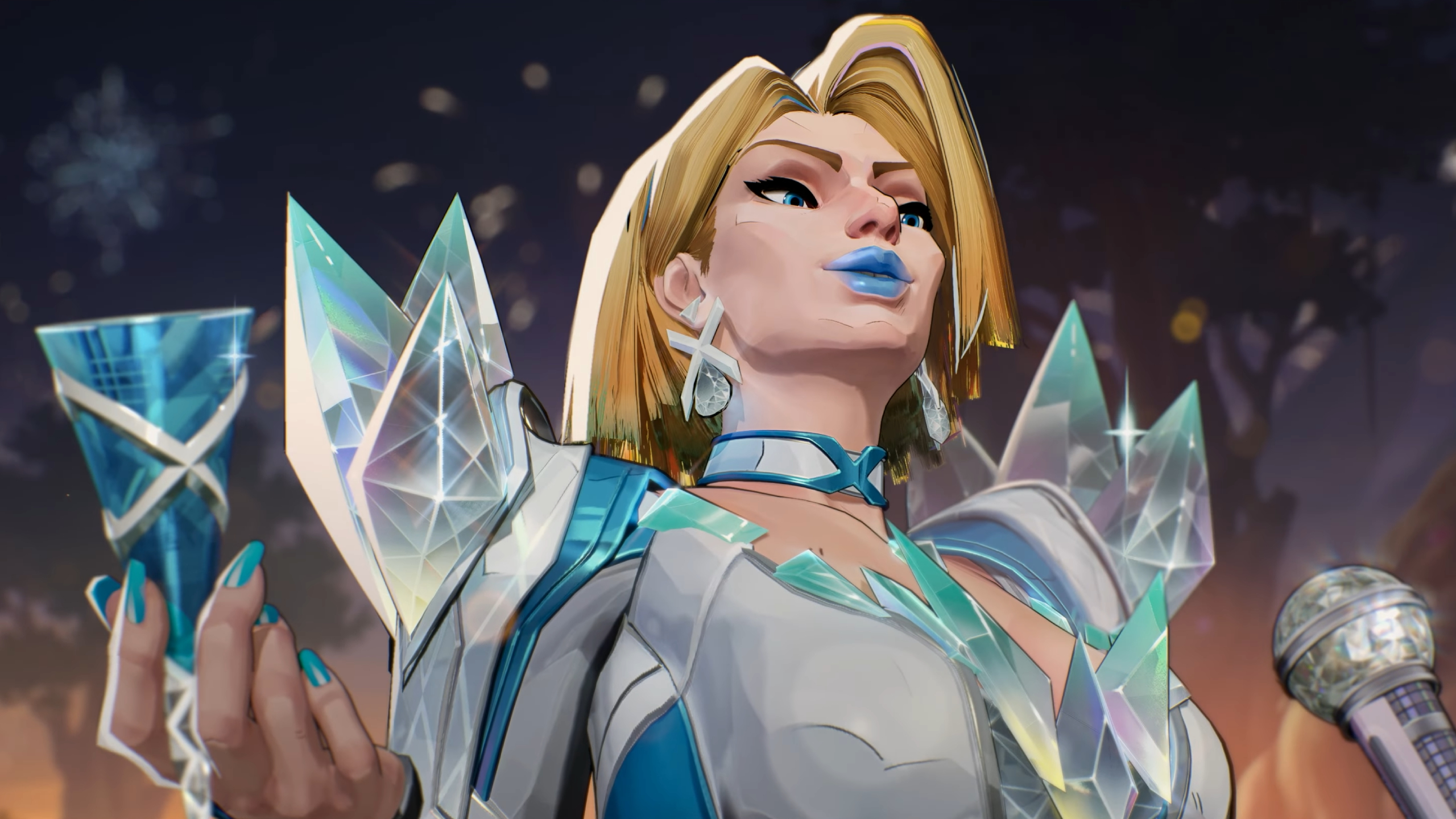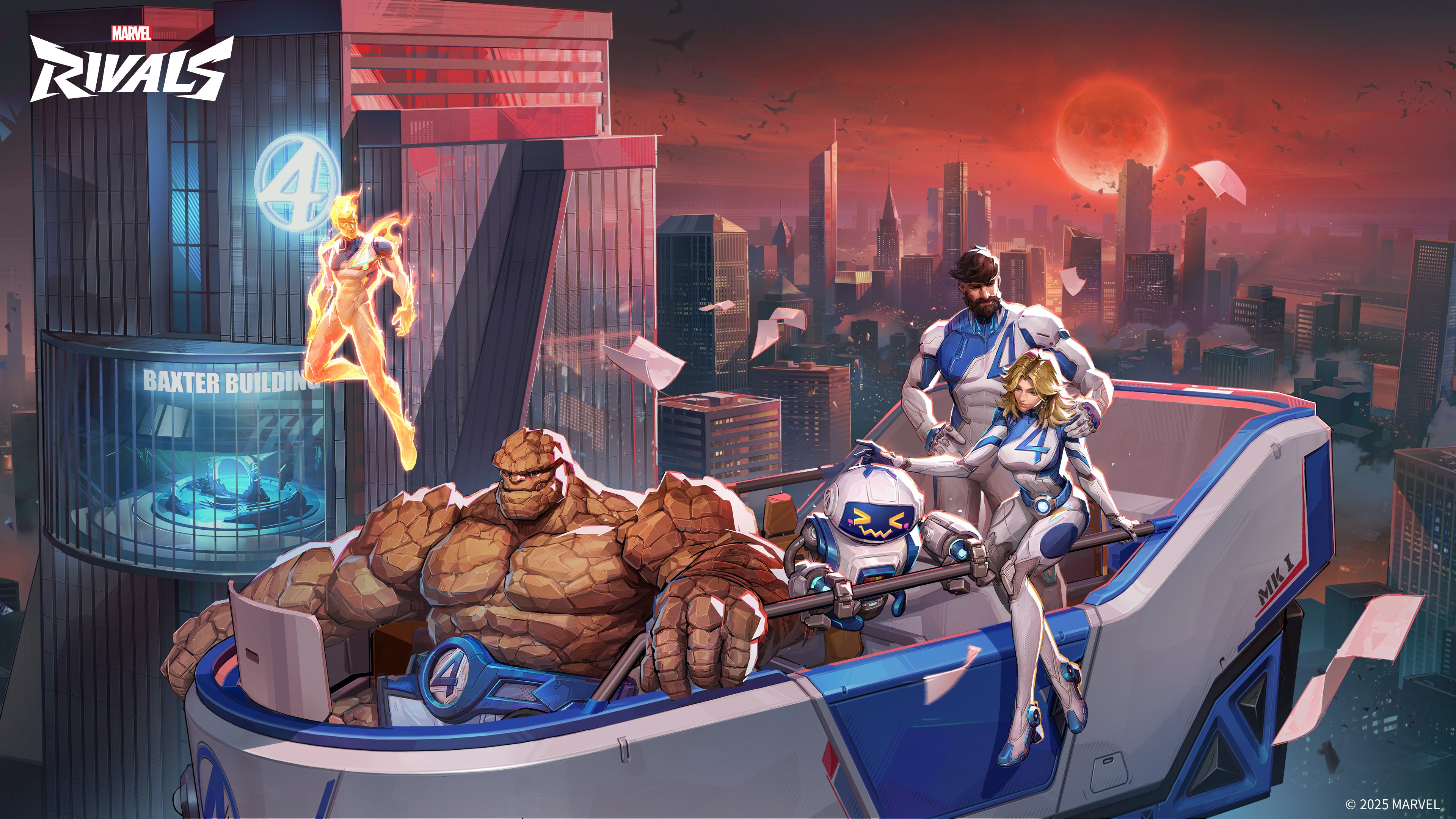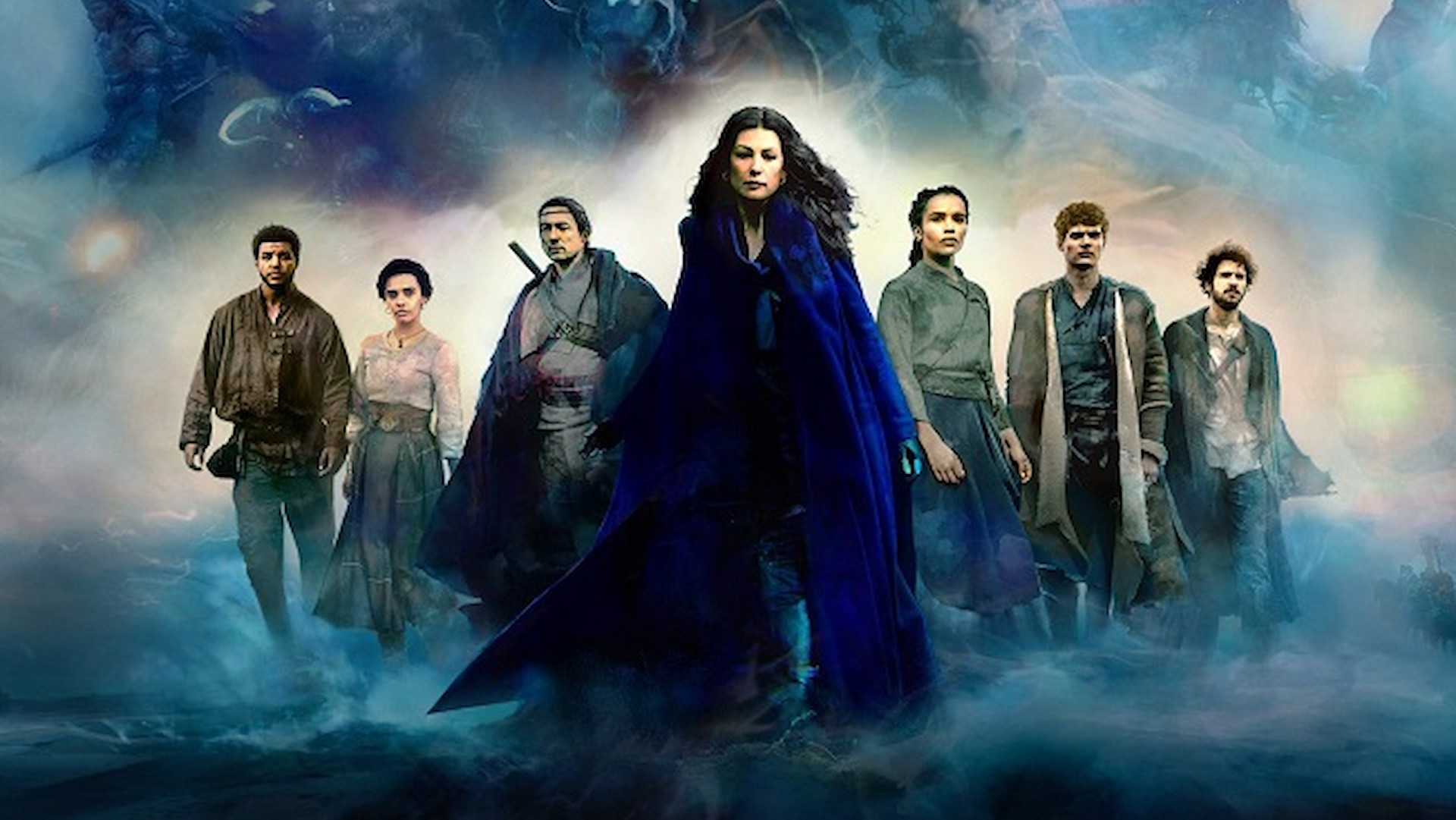
"We call it dynamic comic style."
Before playing Marvel Rivals, I was suffering from a serious case of MCU fatigue. I’d gone from watching every film on opening night to actively trying to avoid whatever slop they were trying to shove out as quickly as possible after Endgame. But it took all of two seconds after booting up Marvel Rivals to get excited about all the superheroes again, and its comic book art style was a big reason why.
“In the early stages of defining the overall project’s style, our aim was to create a distinctive artistic style,” the art director known as Dino says in a YouTube video. “Therefore, we drew inspiration from various aspects such as animation, film, and graphic design. We infused our style with bold colours and rough brushstrokes, emphasising primary colours and the vitality of hues. We call it ‘dynamic comic style.'”

Marvel Rivals tier list: Best characters for each role
Marvel Rivals characters: Current and confirmed roster
Marvel Rivals ranks: How to climb in competitive
Marvel Rivals codes: Grab free gear and more
Marvel Rivals crosshairs: The best custom reticles
Colours like Fissure Black, Radiant White, and Energy Yellow, which the devs use more than anything else. “They account for roughly 70% to 100% of the overall system design,” according to TT, a UI visual designer. But you could probably infer that on your own by just looking at the homepage or anywhere in Marvel Rivals: there’s a lot of yellow.
While the colours are certainly vibrant, they’re not the driving force behind Marvel Rivals’ art style. In Marvel Rivals’ trailers, launcher, home screen, shop, hero selection screen, and game, you’ll see a combination of 2D and 3D styles.
“We use flat stylised lighting and chromatic aberration so the hero portraits burst to life,” Dino says. “It lets the heroes leap off the page, creating a compelling style unique to Marvel Rivals, with a strong and distinctive visual representation, which has always been our goal.
“The art style naturally suits heroic characters and storytelling with its vibrant colours embodying pop culture vibes and anime, comic, and game characteristics.”
I love the art style of all the heroes in Marvel Rivals, and all the costumes that have been subsequently added go a long way to making each character even better. The style also makes it seem like you’re playing heroes that have jumped straight out of a comic, which I especially love.
“Focusing on the dynamics of camera distance and swift cuts to enhance motion and action,” Dino continues. “We utilised a comic-esque ‘performance feel’ to embody heroic qualities. Along with techniques like line trembling, dynamic cuts, and colour block blurring to intensify visual impact. Players find themselves immersed in an epic storyline!”
It would have been impressive if the devs had nailed playing as just one Marvel superhero, but ensuring that every single hero, out of a roster of 36, manages to resemble their comic book inspirations and play exactly as I’d always envisioned is amazing.
“While creating storyboards for a superhero IP project, one of the most challenging aspects is capturing the unique performance style of each character on camera,” character designer Hehuiz says. “Marvel heroes are iconic to fans, each possessing signature movements and personality traits. Their rich histories and stories often predate our own lives. During the storyboarding phase, we have to emphasise these traits, highlighting the heroic qualities to ensure this essence carries on to the next phase.”







